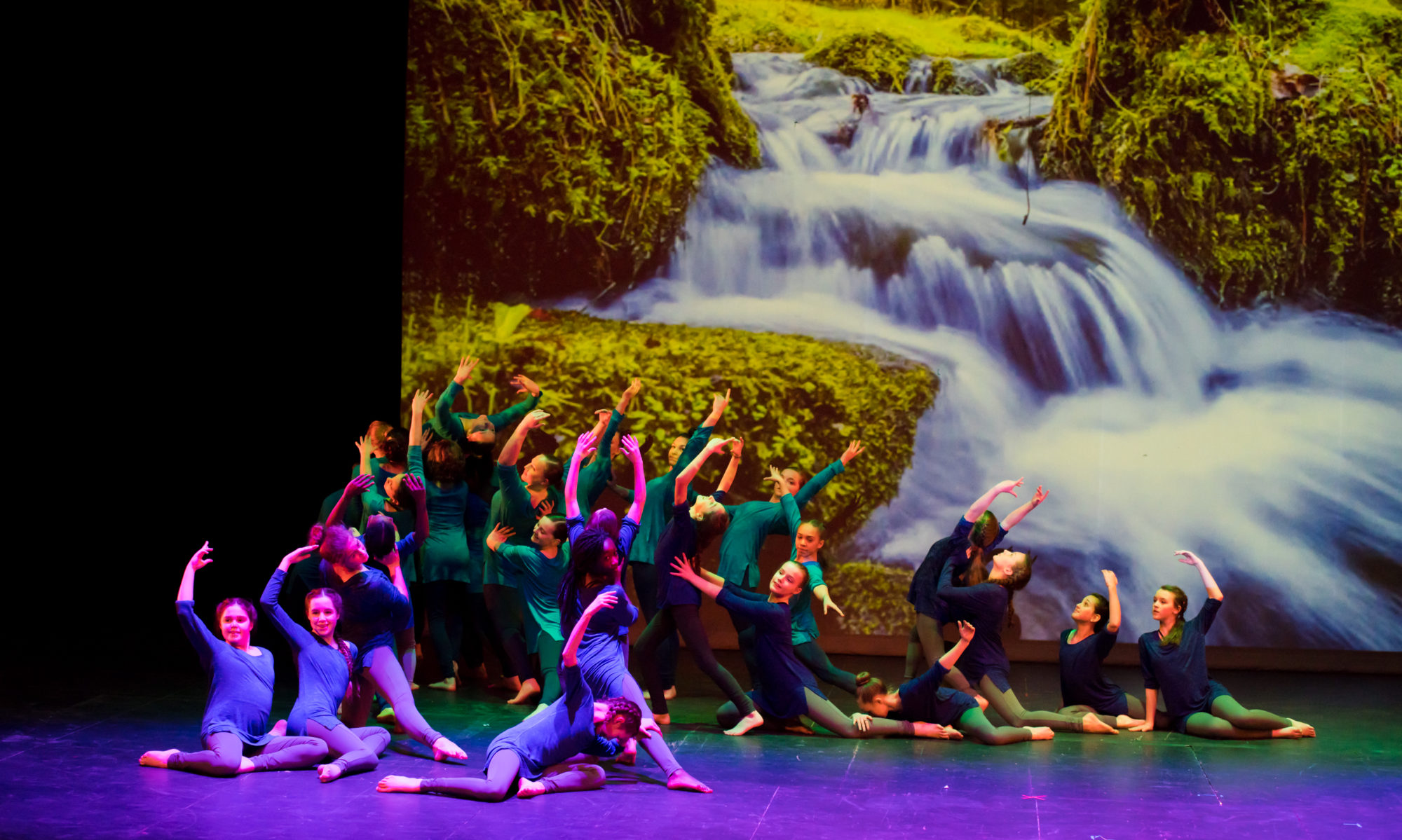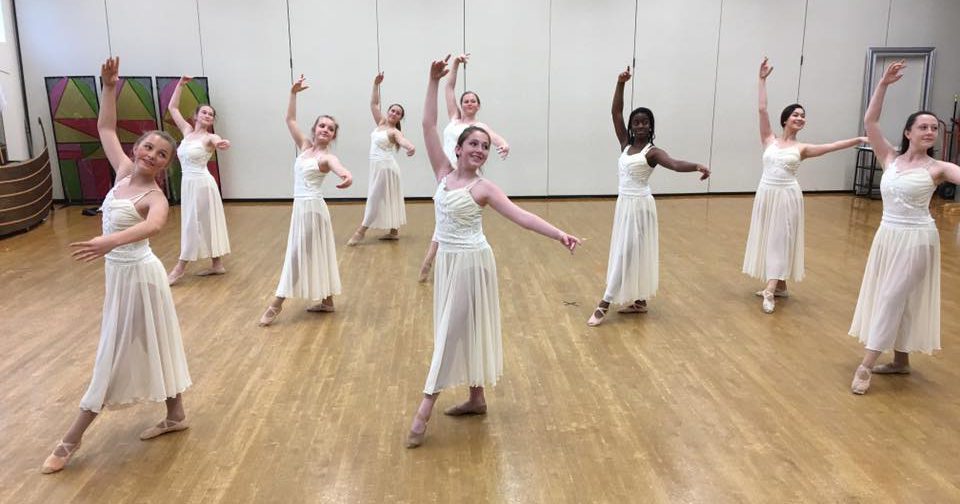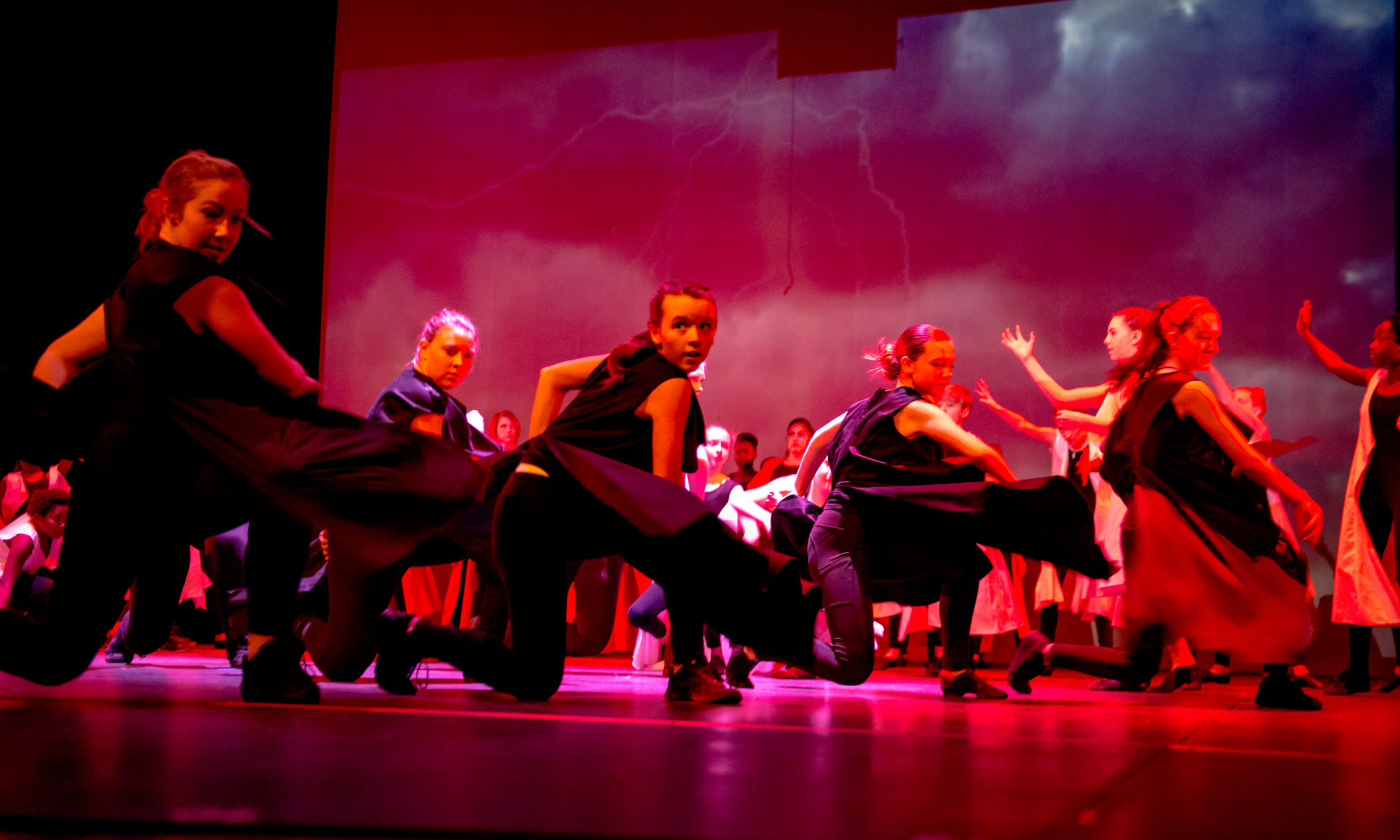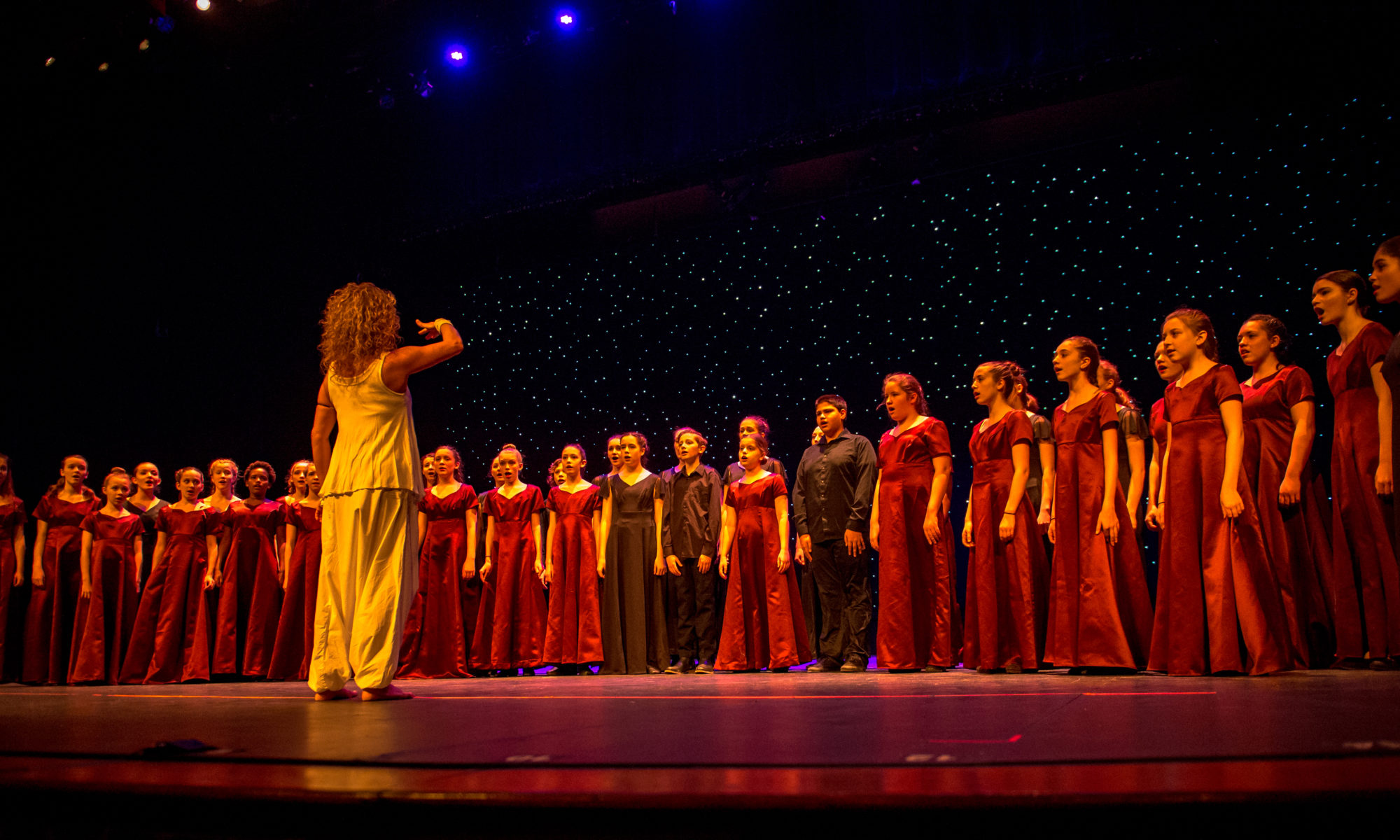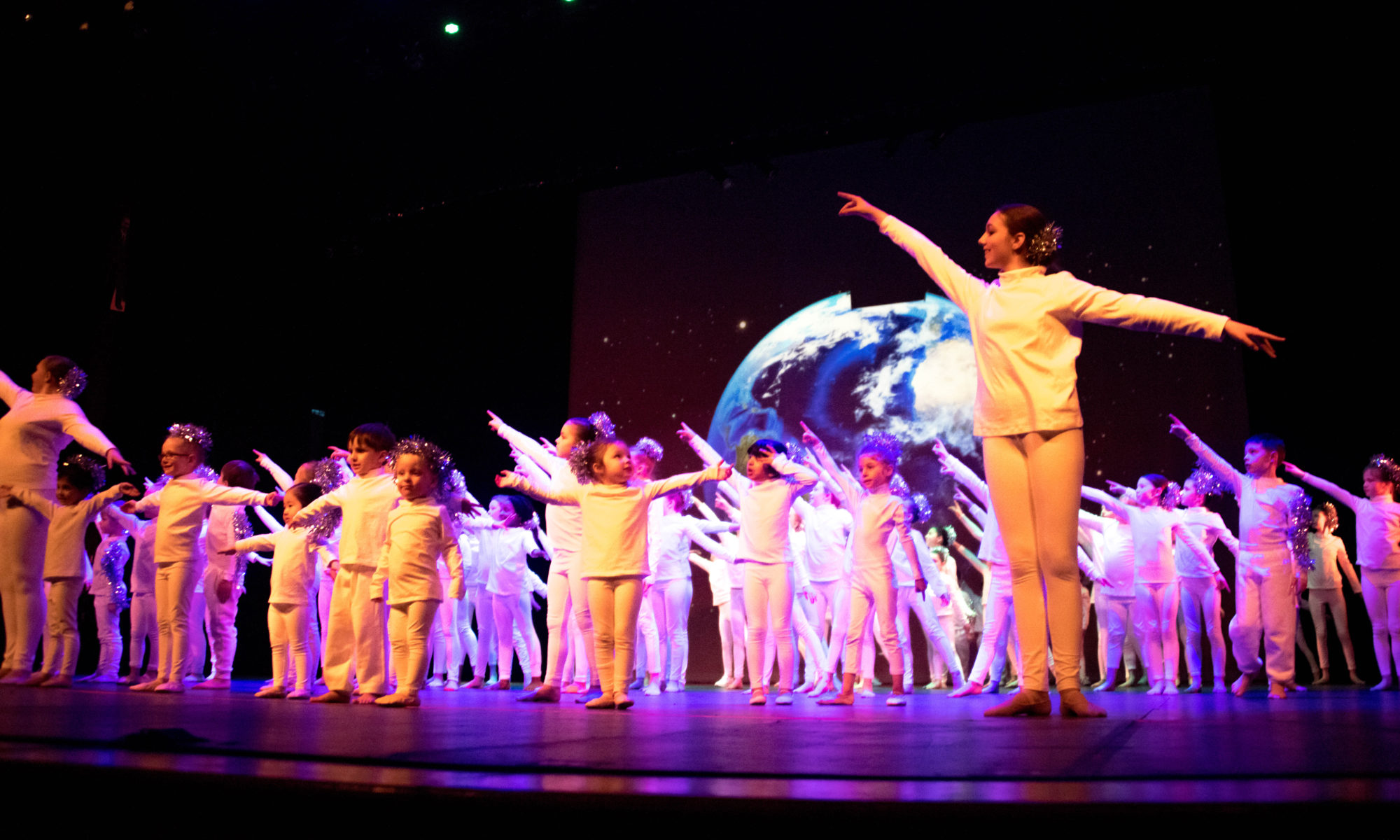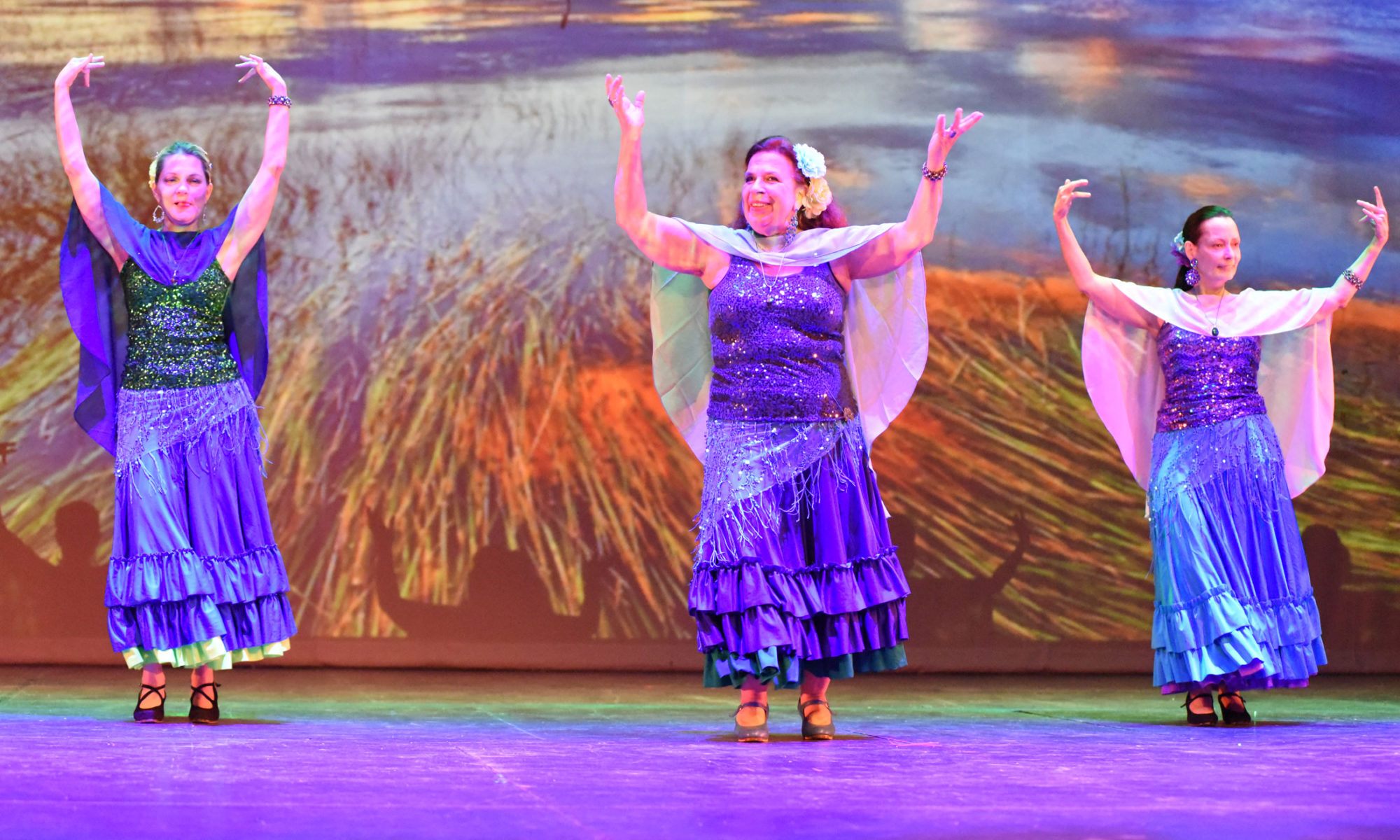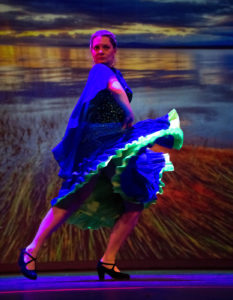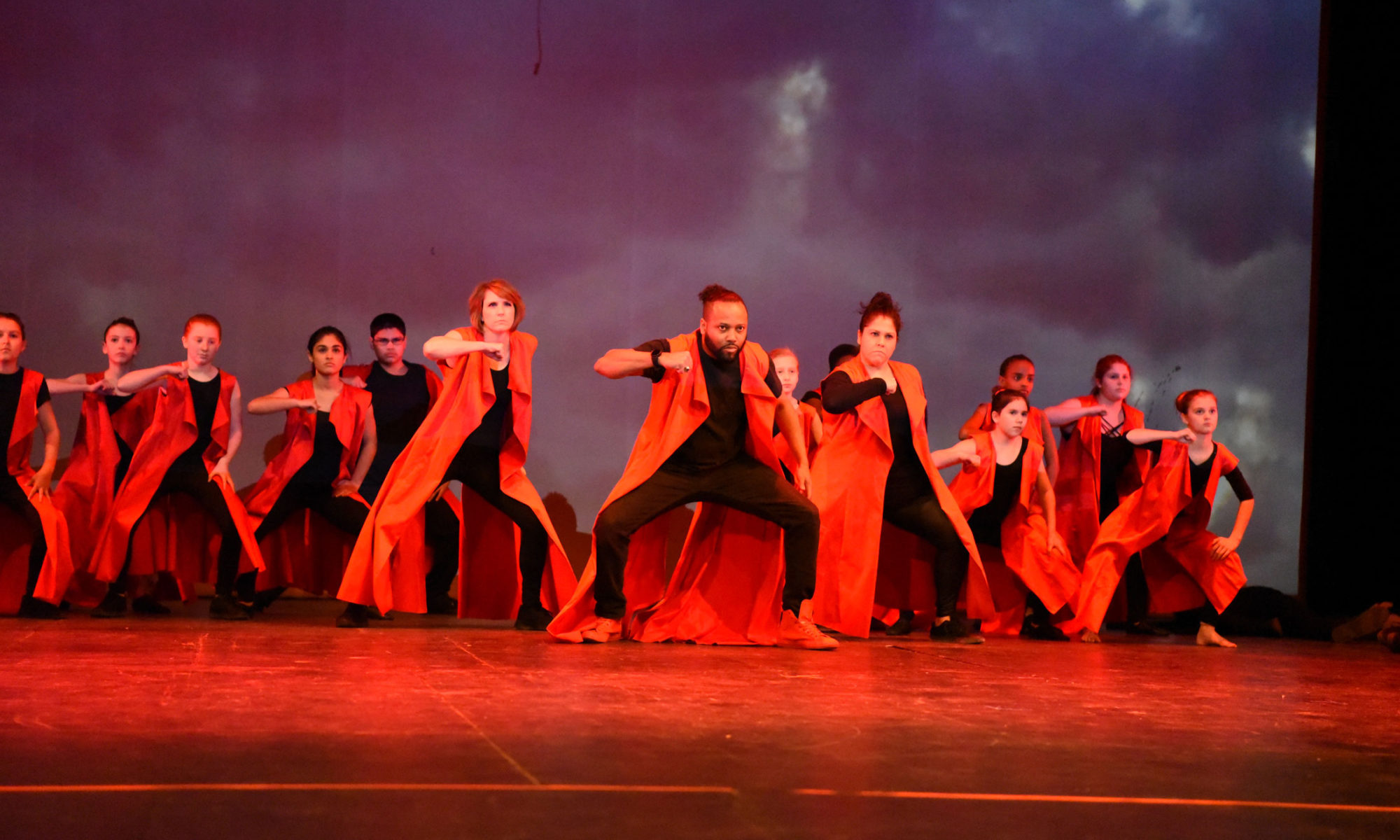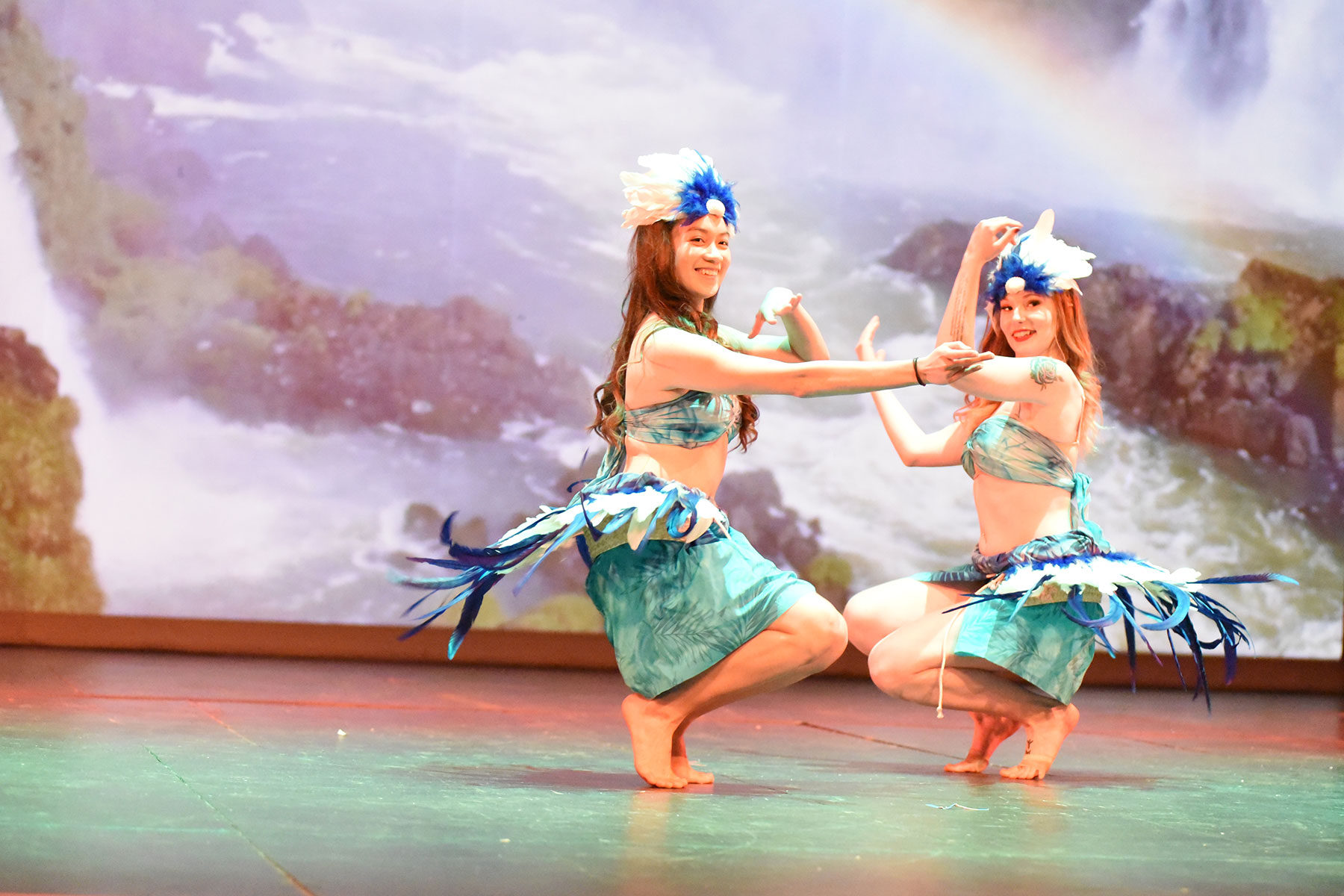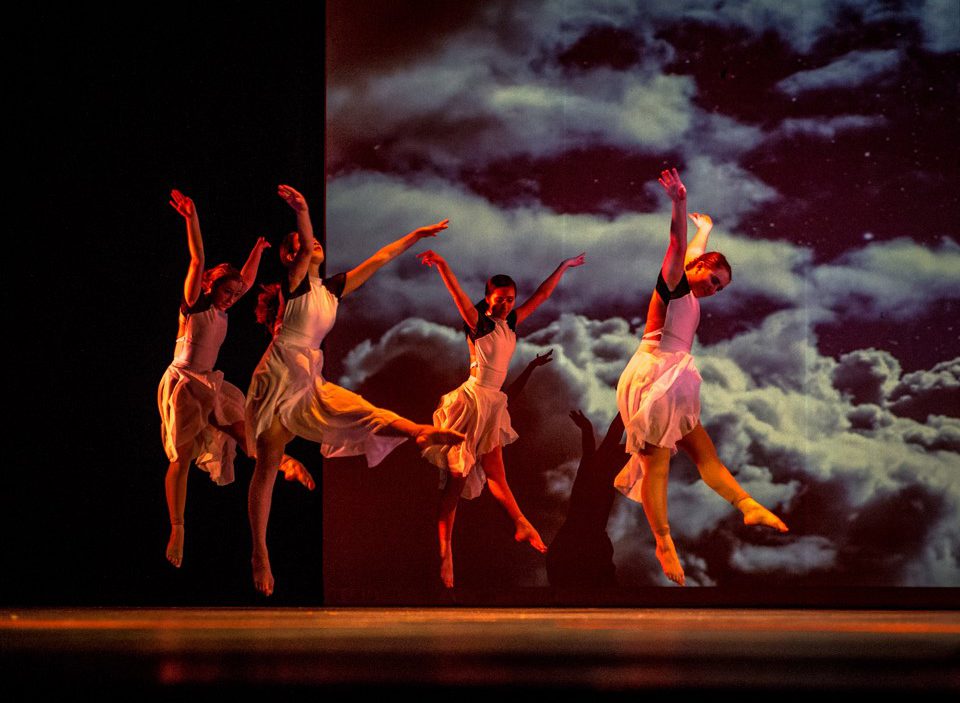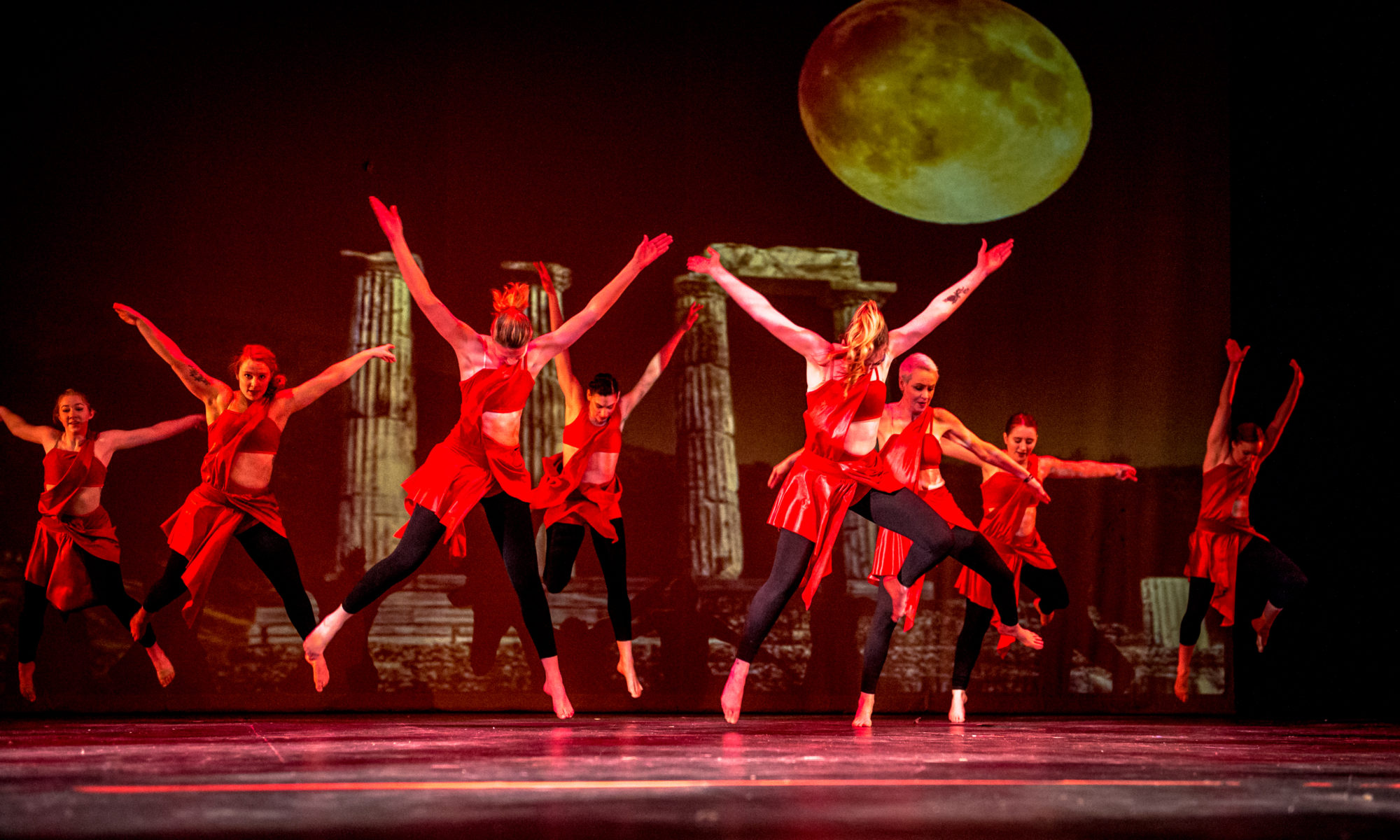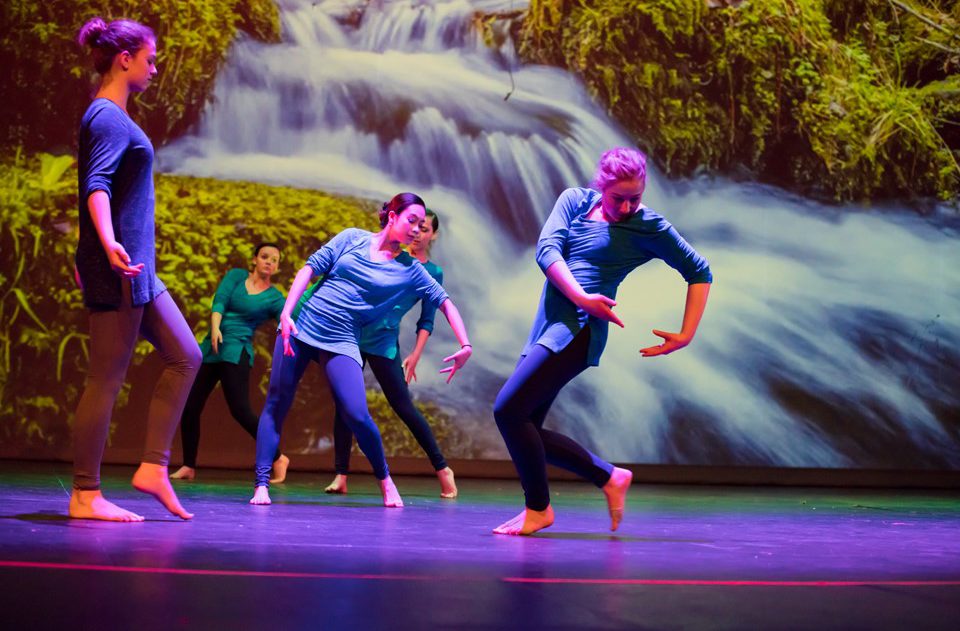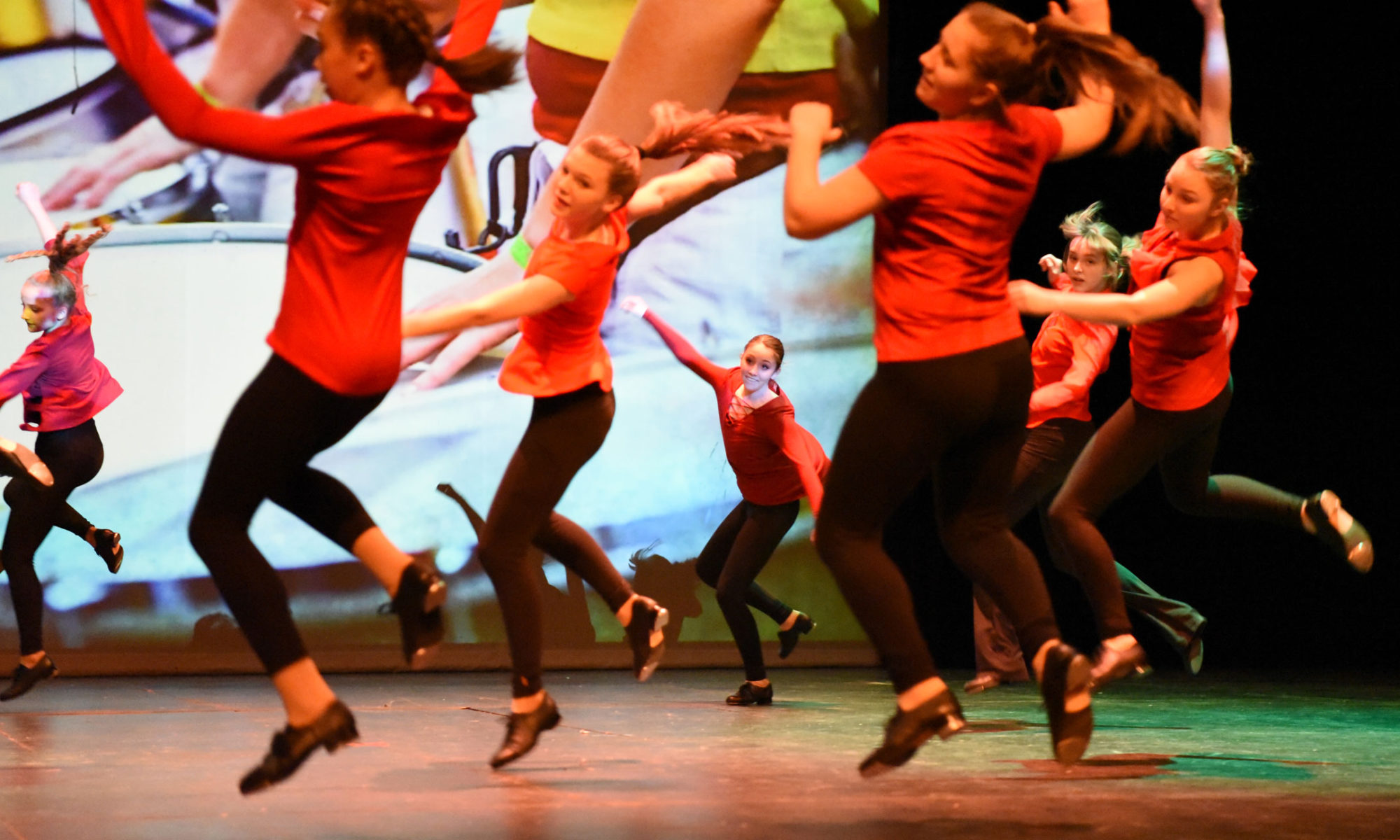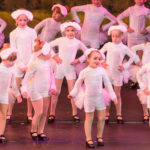From comedy to tragedy, this class focuses on character study and development, improvisation, physical pantomime and stage projection. Acting skills are taught to build confidence and comfort in front of an audience. Two plays are produced each year allowing students to also be involved in a variety of character studies and themes.
Ballet
Originating from royal French court dances of the 1700s, Ballet evolved into the quintessential classic form of dance in which most dance forms are technique based. Ballet is meant to give an ephemeral fluid quality to the dancer. This became emphasized as Pointe shoes were introduced in the 1800s to give the audience an illusion of a floating dancer on stage. Meant to demonstrate the beauty of the human form, Ballet technique was formed to fit perfect alignment of the body and five positions of legs, arms, torso and head as well as proper leaps, turns jumps and footwork.
Breakdance
In its early form, breakdancing was divided into three distinct forms: Breaking, dancing, and popping. Breakdance is commonly associated with, but distinct from, popping which is one element of the funk styles that evolved independently in California during the 1970s, however elements of popping or poppin itself may have existed as a style or subculture of dance as early as the 1920’s when it, or the general sub culture of dance associated with Afro-Americans was known as Boogaloo. Other styles of dance associated with the funk styles include locking, tutting, krumping, boogaloo and liquid dancing. These styles are sometimes more “contortionistic” than “athletic,” although they are often incorporated by breakdancers who wish to widen their expressive range.
Choir
Heartbeat offers a youth choir program for students age eight to twelve, and a teen choir company. From world music to Broadway tunes, from soul to rock, the students learn a comprehensive selection of songs, while learning proper vocal technique, breathing and other tools to enhance vocal range and clarity. Both the youth and teen choirs perform in Heartbeat’s annual musical theater productions and other venues throughout the year.
Combination
These classes are primarily for students three to twelve years of age. The very young have a blend of Ballet and Tap dance plus creative motor-skills development. The next level introduces Jazz dance along with Ballet and Tap. The importance of exposure and training in a variety of dance disciplines is important at Heartbeat because we strongly believe it creates a better and more versatile dancer. Studying multi-disciplines is synergistic to the young dancer because the skills learned in each discipline only help the student excel in others.
Flamenco
Flamenco dance is a highly-expressive and passionate Spanish dance form. Flamenco is dance characterized by hand clapping, percussive footwork, and intricate hand, arm and body movements. In addition to rhythmic footwork and hand clapping, flamenco dancers often use fans, shawls, canes, hats or castanet’s to tell the story within each dance.
Hip Hop
An art form as we know it today, originated in the South Bronx section of New York City around the mid 1970s. You can see Hip Hop in most MTV videos. It’s an aerobic and acrobatic style of dance that has basic technique of foot work and floor work that is accented by individual free style and perspective.
Hula/Ori Tahiti
Hawaiian/Polynesian Dance: Hula/Ori Tahiti
Dancers tell a story using their hands and body movements. Both styles of dances are Polynesian but each style is unique. Originating from Hawaii, Hula is the traditional lineage dance with fluid arm and hand motions, and voice and choreography that comes from an old place. Performed to chants or accompanied by ancient percussion instruments, it requires much training and dedication and is regarded as being a dance of spiritual connection. Modern Hula is Influenced by contemporary times but with old knowledge and is accompanied by modern instruments such as the ukulele, guitar, steel guitar, bass or piano. Originating from Tahiti, Ori Tahiti dance involves fast hip movements and fast drum beats for the story-telling.
Jazz
This American dance form was developed along side the revolutionary musical form, thus they share the same name. In the early 1900’s, original Jazz movement was meant to be a visual representation of Jazz music. Influenced by the rhythmic punctuation and syncopation, Jazz technique is based in isolations of torso, shoulders, and hips with fast footwork. Highly styled, flashy and sleek, Jazz dance has evolved into the most common dance form found in Broadway productions today.
Leap and Turns
Fundamental, and vital to most dance forms, leaps and turns challenge the strength, grace, and technical expertise of a dancer. Whether sailing high in a grand jete’, or executing multiple pirouettes, leaps and turns are integral to most choreography, and exemplify the dancer’s skill.
Modern
Modern dance originated as rebellion against Ballet. In the late 1800’s, a ballerina named Isadora Duncan became internationally famous by performing her passionate free form solos while barefoot and costumed in loose flowing fabrics without a corset. This was a new form of dance thus it was named Modern. In the early 1900’s, choreographer Martha Graham shaped Modern technique by incorporating Ballet technique to give it structure and added her philosophy that Modern’s dynamic movement must passionately radiate from a center contraction. Modern has evolved into today’s highest art form of dance and consequently is the basis of most college dance programs.
Tap
This original American art form, along with Jazz music, share a unique “marriage” in the performing arts. Based on the influence of rhythms from many ethnic sources. Tap not only trains the student as a dancer, but as a musician/percussionist as well. Heartbeat’s Tap instruction reinforces the musicianship of the dancers. Correct technique and the freedom of improvisation are equally important at Heartbeat. Tap students, even the very young, may find themselves using hand drums as part of their Tap dance training. The intricacies of Jazz music and its relationship to Tap dance are also stressed. The dancers soon find out that they are the music; the time keepers; the soul in what their soles can do!
